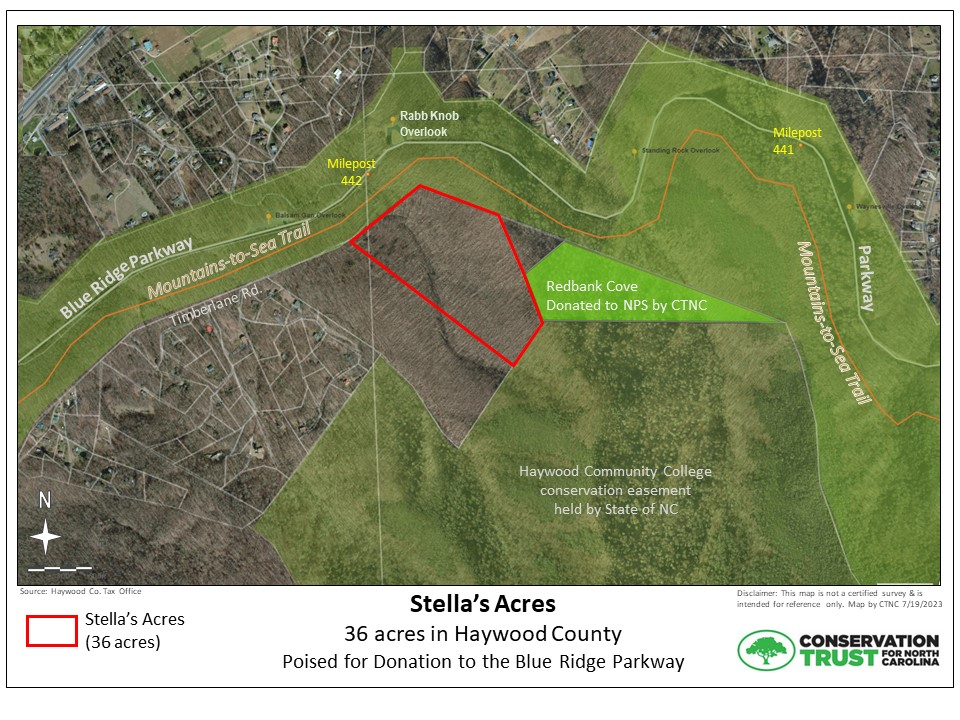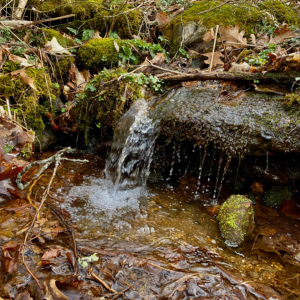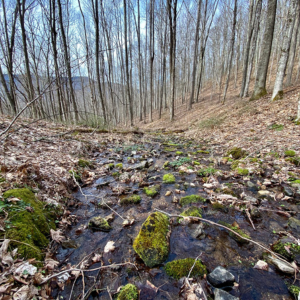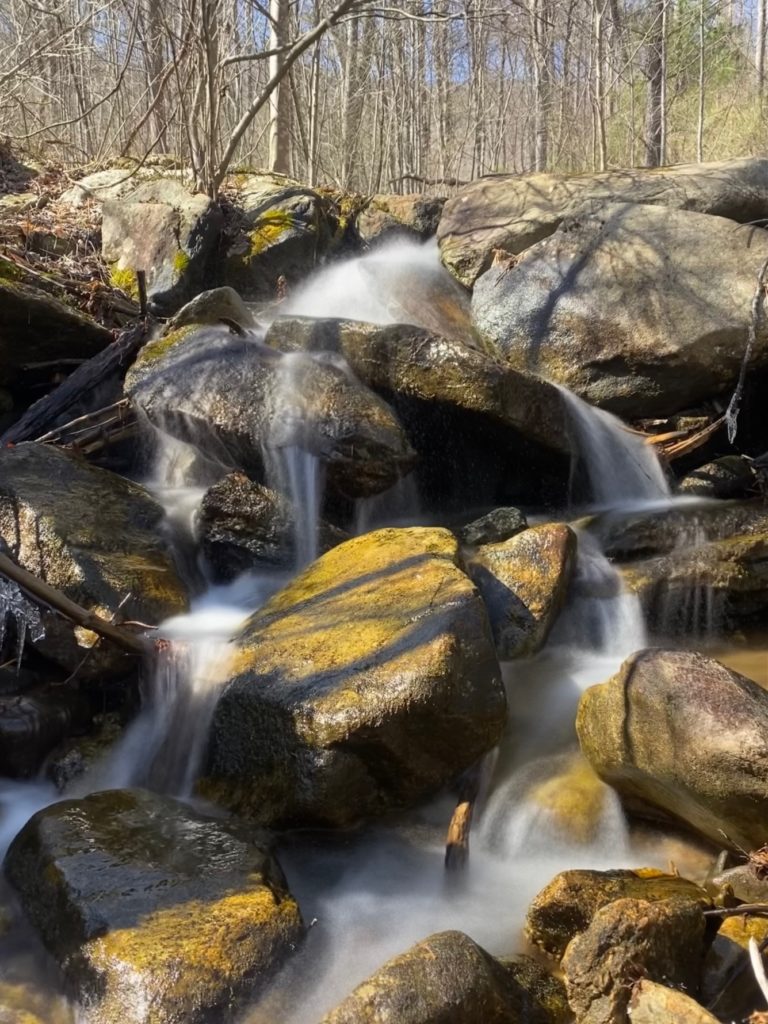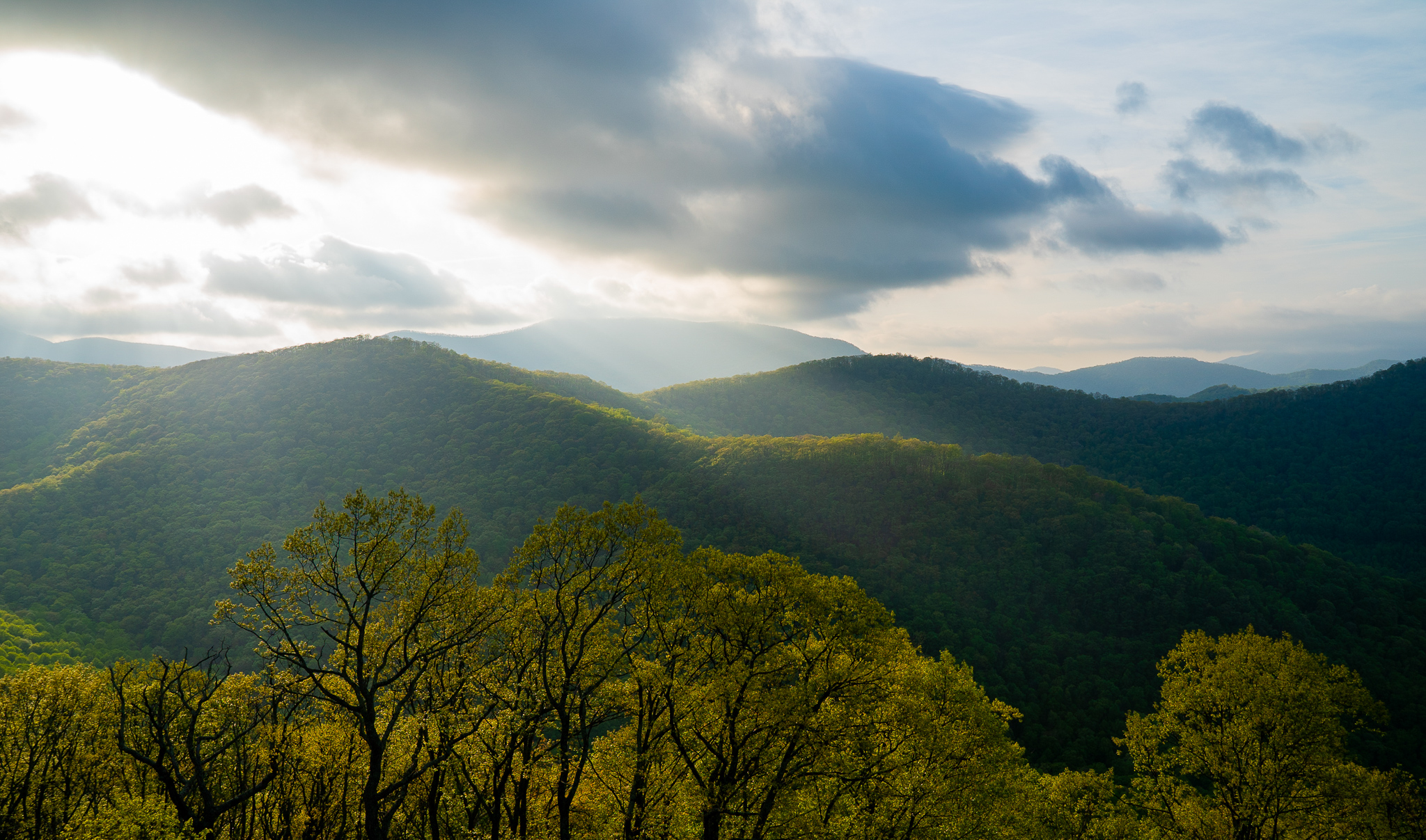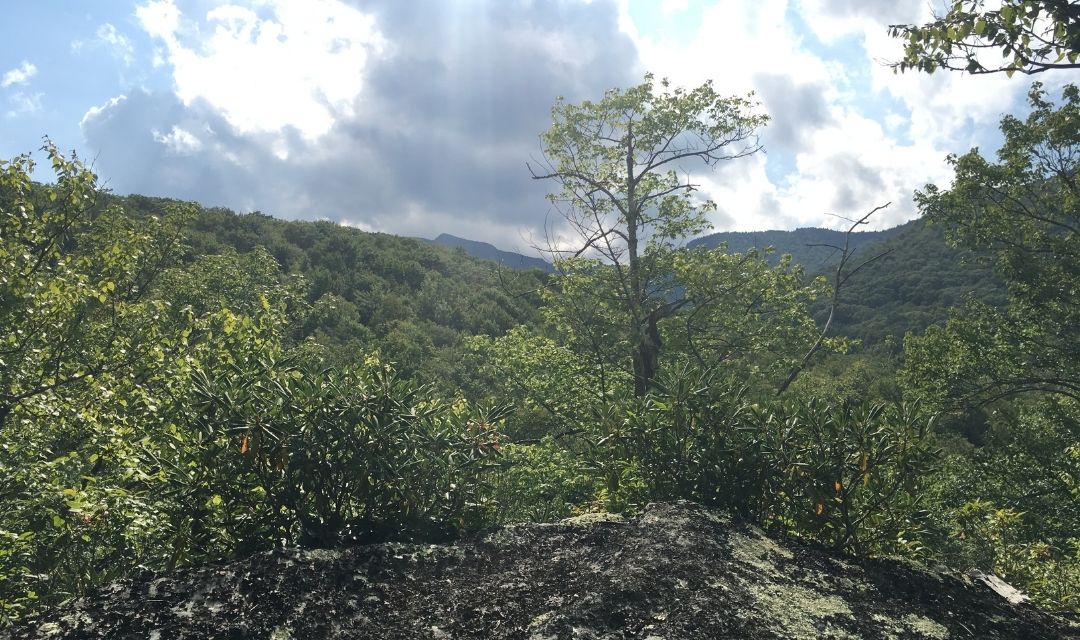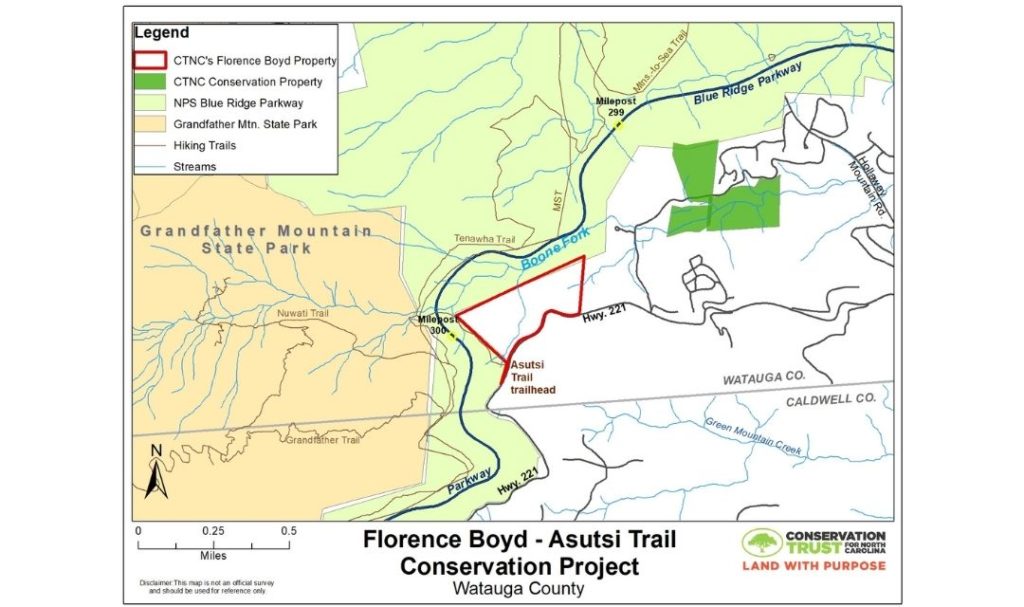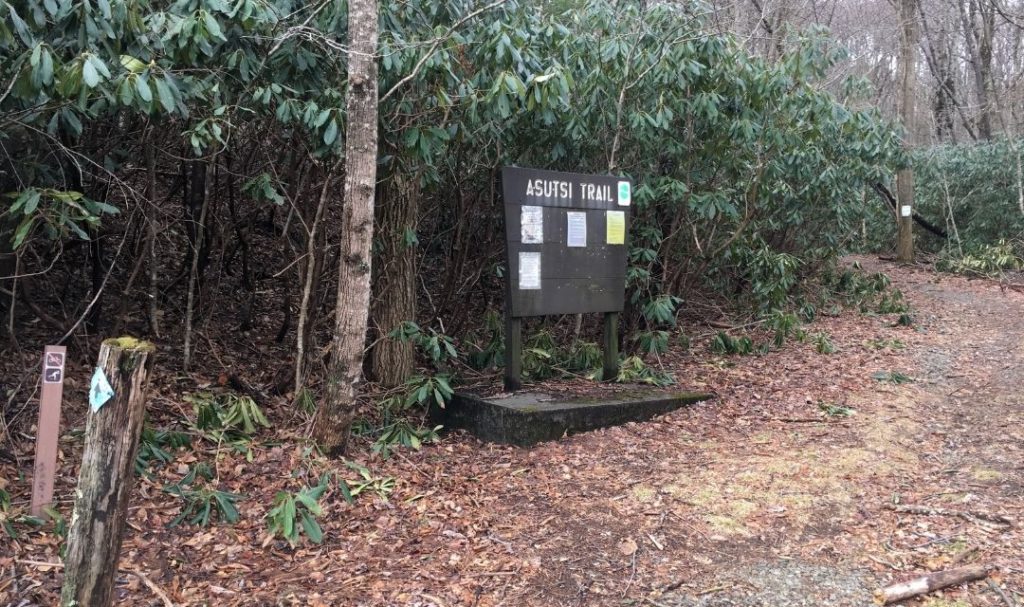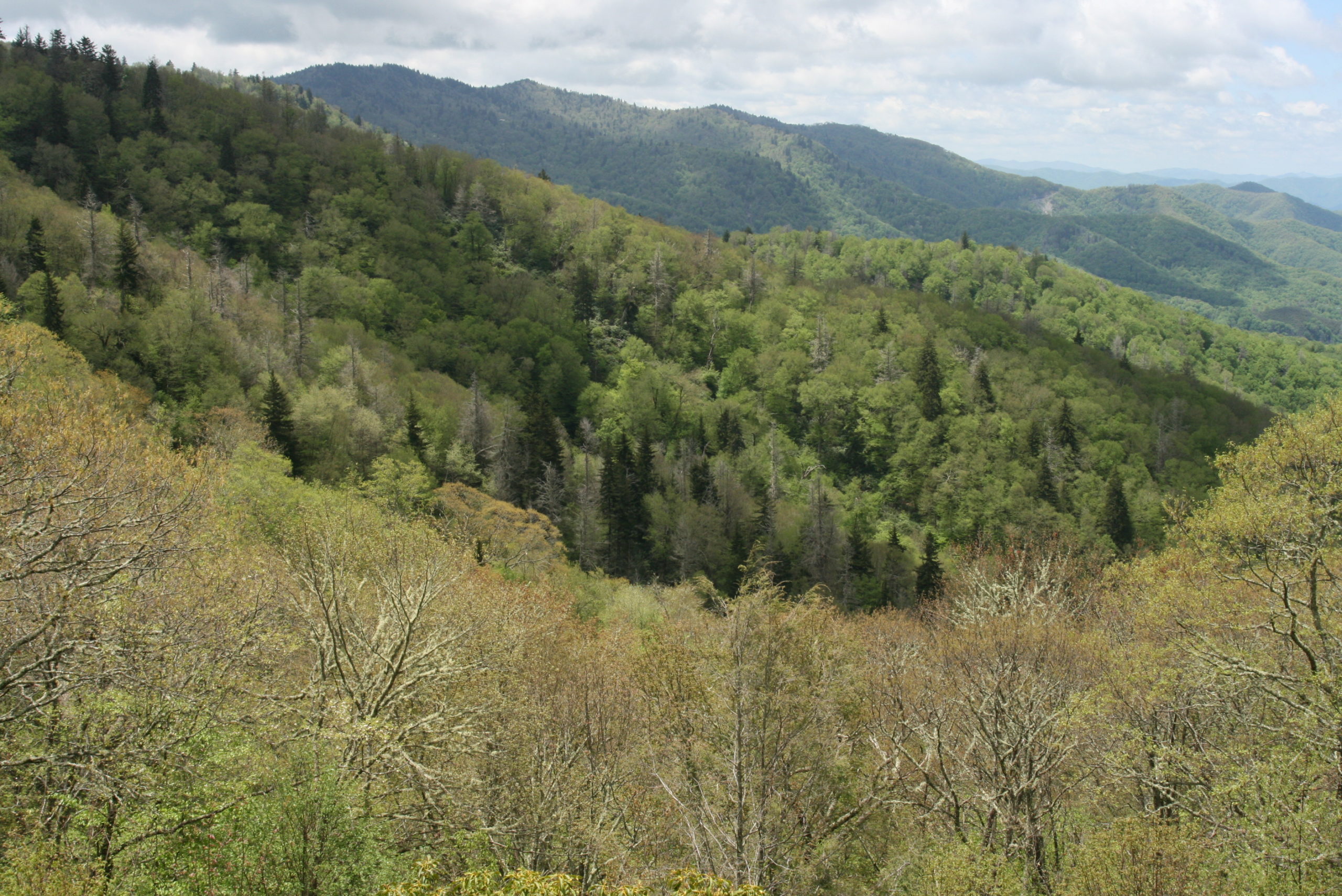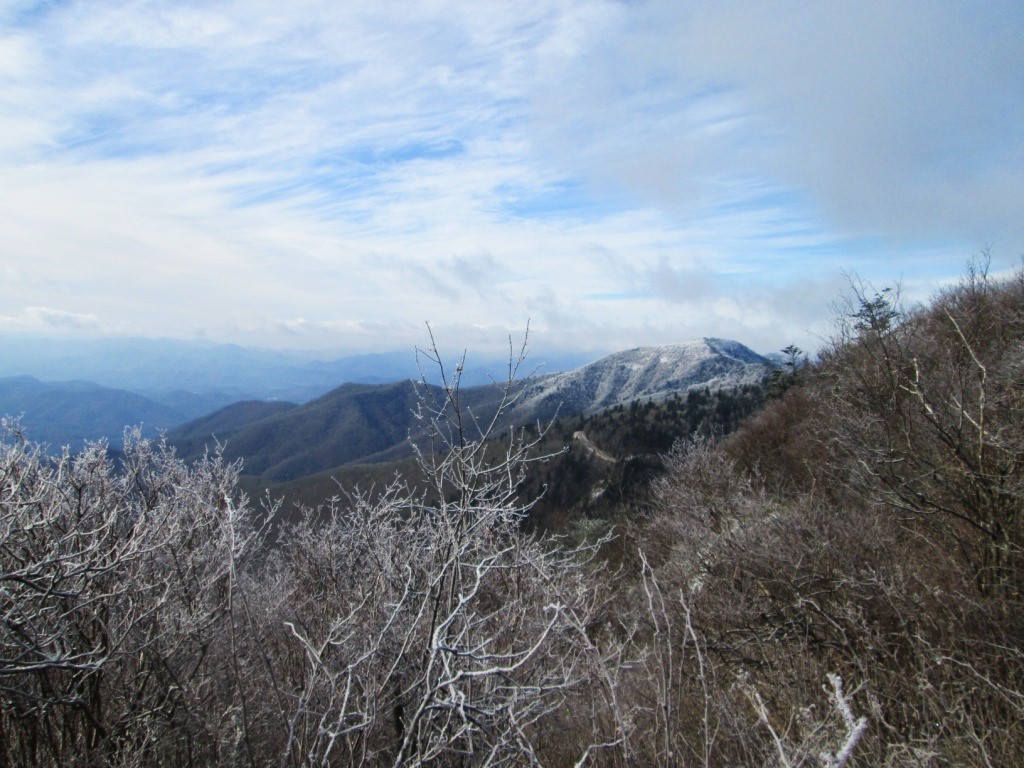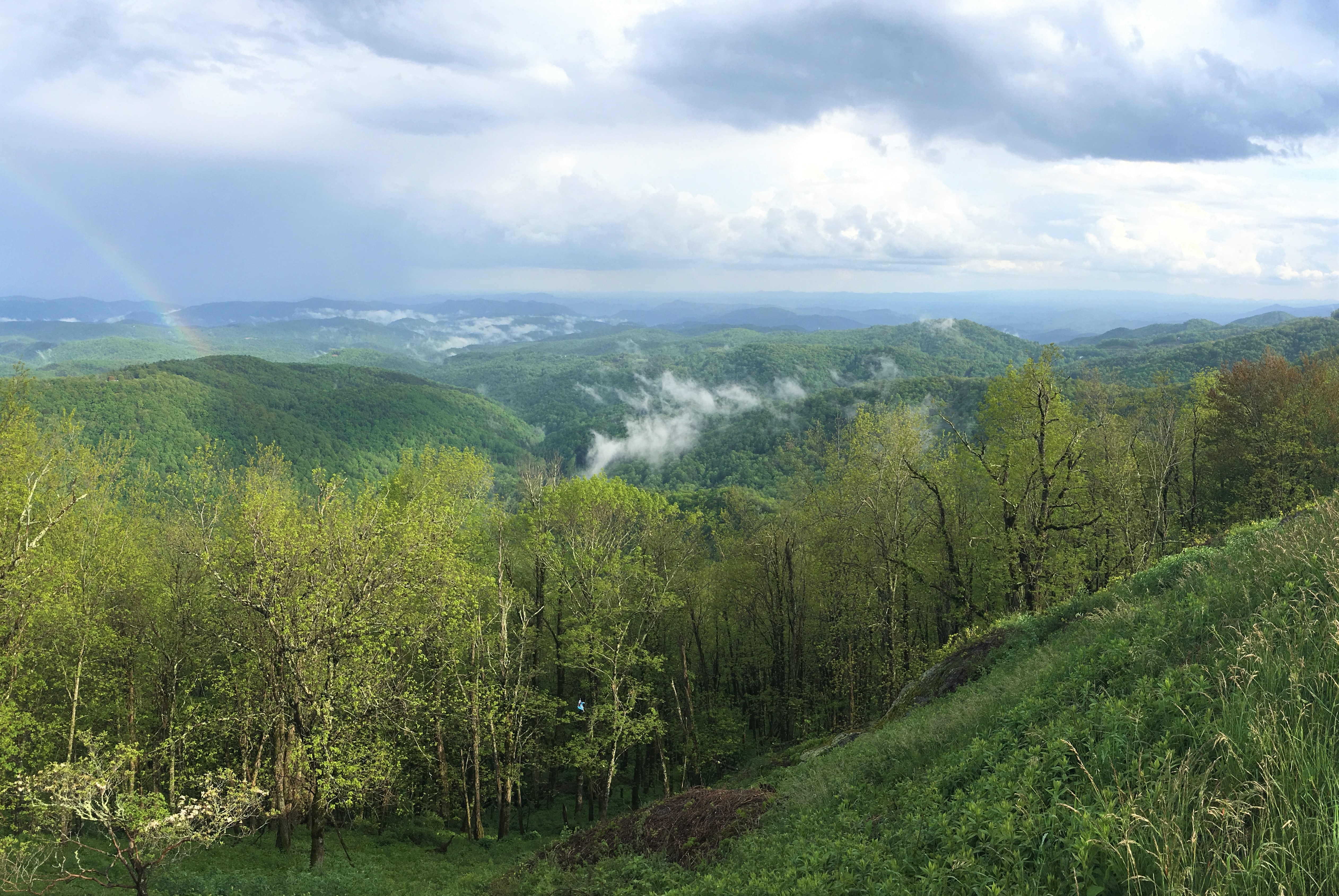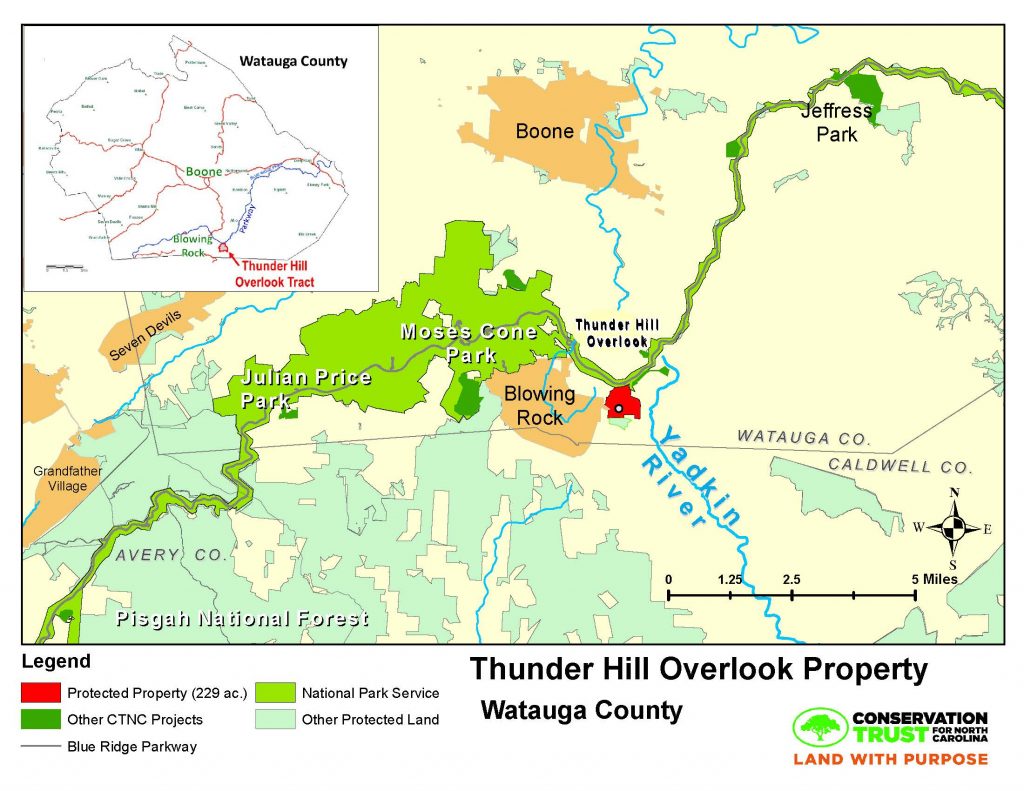Wildacres Retreat, a 1,076-acre property adjacent to Pisgah National Forest and the Blue Ridge Parkway, is now permanently protected thanks to a collaborative partnership among Foothills Conservancy of North Carolina, Conservation Trust for North Carolina (CTNC), and Wildacres Retreat.
Wildacres Retreat, located in northern McDowell County near Little Switzerland, is a nonprofit conference center governed by a board of directors. The center offers its facilities and surrounding woodlands to nonprofit groups for educational and cultural programming, and for board and staff retreats.
The property is protected under two conservation easements. A state-held Clean Water Management Trust Fund easement will protect stream buffers and critical natural heritage areas, while a second easement held by Conservation Trust for North Carolina will preserve a key portion of forested lands connected to the Blue Ridge Parkway and Pisgah National Forest. Together, the easements will safeguard wildlife habitat and protect water quality in five miles of streams of the Armstrong Creek watershed in the headwaters of the Catawba River. Foothills Conservancy will monitor and steward these conservation easements on a contractual basis.
“Protection of these lands fills in a very important piece of the puzzle to permanently conserve extensive forests and habitats in the very high-quality Armstrong Creek watershed of the Catawba,” said Tom Kenney, Land Protection Director for Foothills Conservancy. “Wildacres adjoins a Wildlife Resources Commission fish hatchery and more than 10,000 acres of federal Pisgah National Forest Service lands. All this conservation helps ensure Lake James has a very clean water supply protection source.”
There are nearly six miles of hiking trails on the property for public use, including one trail into the property from Deer Lick Gap Overlook on the Blue Ridge Parkway.
The project was primarily funded by a $1 million grant from North Carolina Clean Water Management Trust Fund awarded to Foothills Conservancy and a $26,000 donation from Philip Blumenthal, director of Wildacres Retreat. In addition, CTNC secured a Duke Water Resources grant, $50,000 grant from the Cannon Foundation, a $100,000 grant from the North Carolina Attorney General’s Office Environmental Enhancement Grant Program, and $177,240 from the Open Space Institute’s Resilient Landscapes Initiative, which is made possible with funding from the Doris Duke Charitable Foundation. The Resilient Landscapes Initiative seeks to build the capacity of land trusts working to respond to climate change. A grant of $34,779 from the Duke Energy Water Resources Fund, administered by the NC Community Foundation enabled CTNC to pay off a loan secured to purchase the easements.
Clean Water Management Trust Fund Executive Director Walter Clark described the organization’s reasons for contributing to the project to conserve what he calls an “incredible piece of property.”
“The Clean Water Management Trust Fund supported the Wildacres project for multiple reasons, including its protection of five miles of high-quality trout waters, which contain headwater streams in the Catawba River Basin,” said Clark. “The project also protects multiple forest communities important to North Carolina’s natural heritage.” Since its establishment in 1996, Clean Water Management Trust Fund has protected over 500,000 acres, including 2,500 miles of streams.
“The Wildacres Retreat property has been among CTNC and Foothills Conservancy’s highest priority projects for years,” said Rusty Painter, CTNC Land Protection Director. “Conserving its ecologically diverse habitat between the Blue Ridge Parkway and Pisgah National Forest achieves the type of landscape-scale conservation that’s one goal of our Blue Ridge Parkway conservation plan. Successes like this would not be possible without the commitment of champions like Philip Blumenthal and the Wildacres Retreat Board of Directors.”
Blumenthal added, “It’s been a long-term goal of the Blumenthal family to ensure the ecological integrity of this unique property for the benefit of Wildacres Retreat visitors and all who enjoy the Blue Ridge Parkway. We’re fortunate to have land trusts like CTNC and Foothills Conservancy who work tirelessly to save places we all love in North Carolina. They ensure our state’s most valuable assets will be protected forever.”
“Permanent conservation of the Wildacres property marks a major milestone for the protection of habitat in North Carolina,” said Peter Howell, OSI’s Executive Vice President of Conservation Capital & Research Programs. “As the climate changes, this highly resilient property will provide a long-term haven for sensitive plants and animals. The Open Space Institute is proud to have supported this project and we applaud Conservation Trust for North Carolina and the Foothills Conservancy of North Carolina for their collaboration and tireless work to seize this once-in-a-lifetime opportunity.”
Federally-protected land in this region is fragmented and thousands of acres are still vulnerable to development. Western North Carolina land trusts frequently partner to preserve National Forest and Blue Ridge Parkway lands for the benefit of all North Carolinians.
For more information, contact:
Tom Kenney, Land Protection Director, Ph: 828-437-9930, tkenney@foothillsconservancy.org
Mary Alice Holley, CTNC Communications Director, Ph: 919-864-0428, mholley@ctnc.org
See what others are saying!




